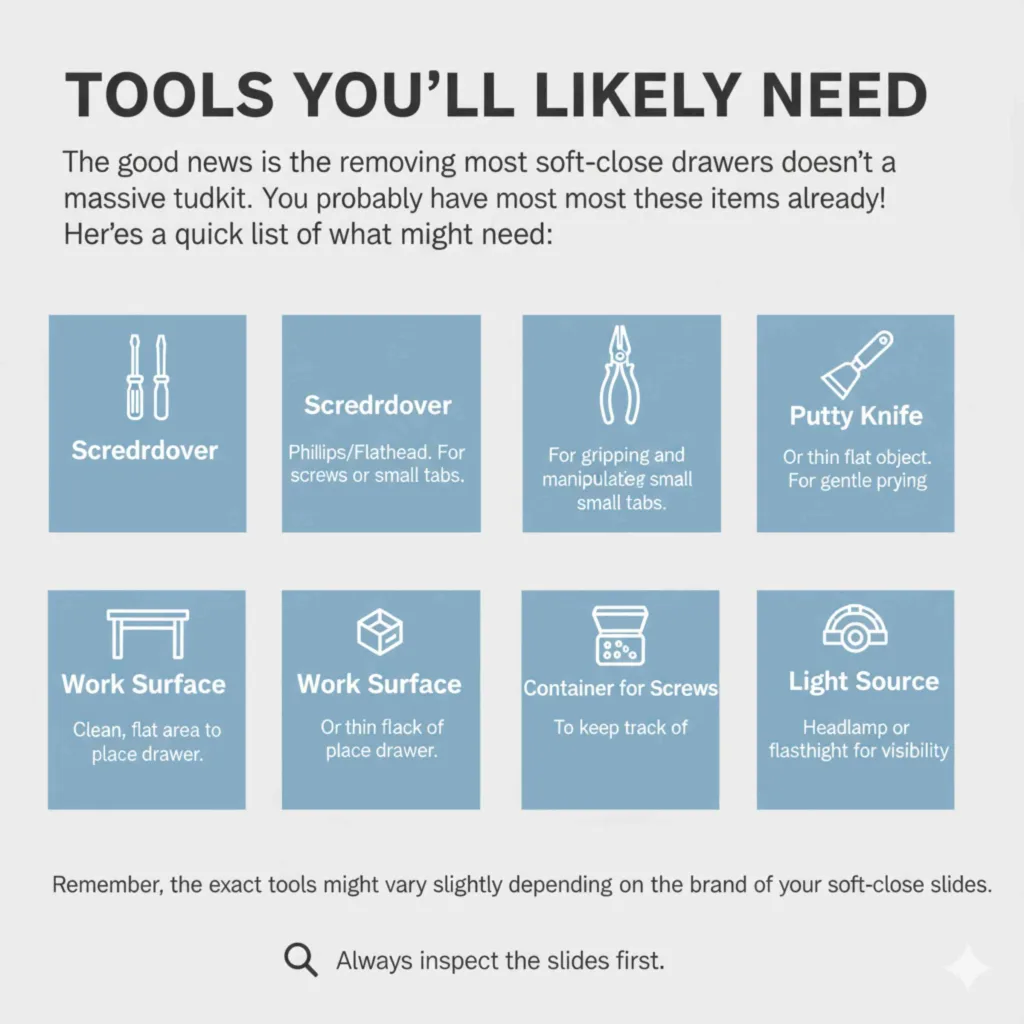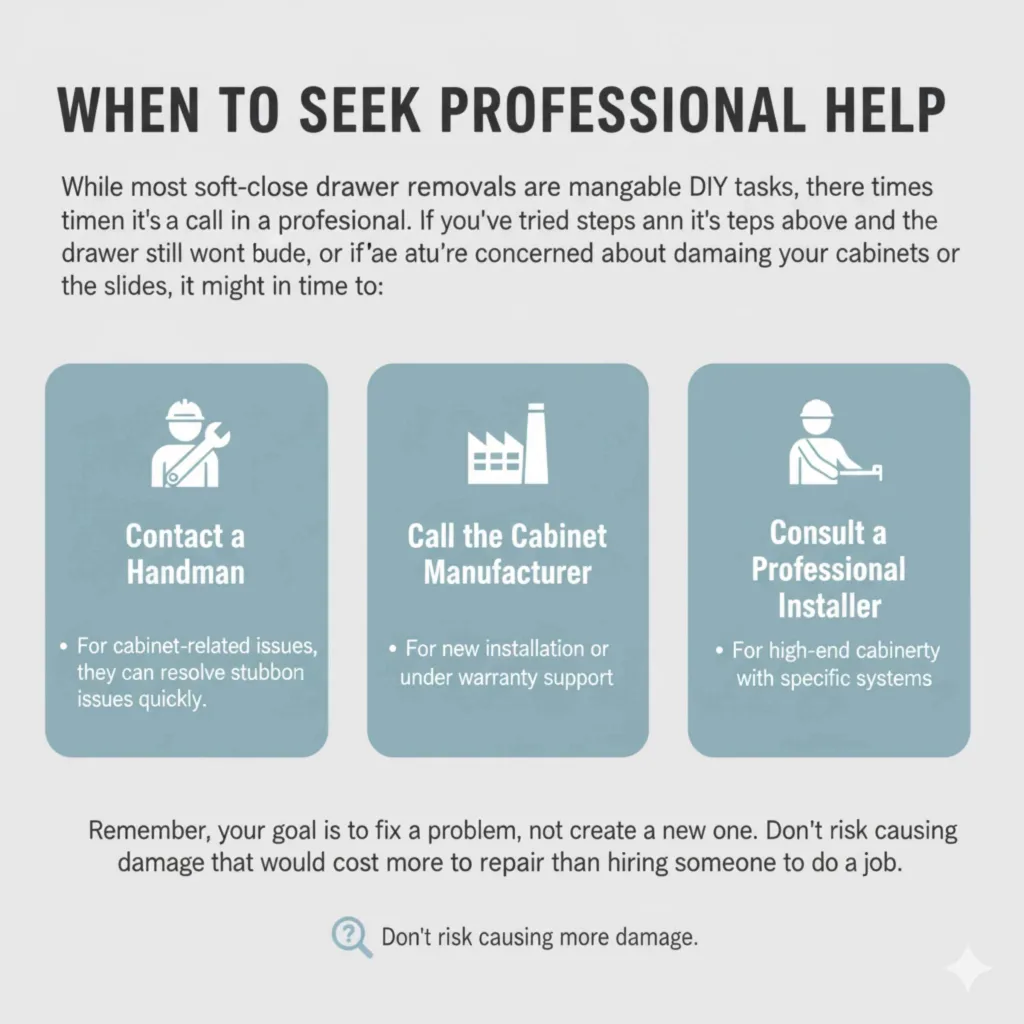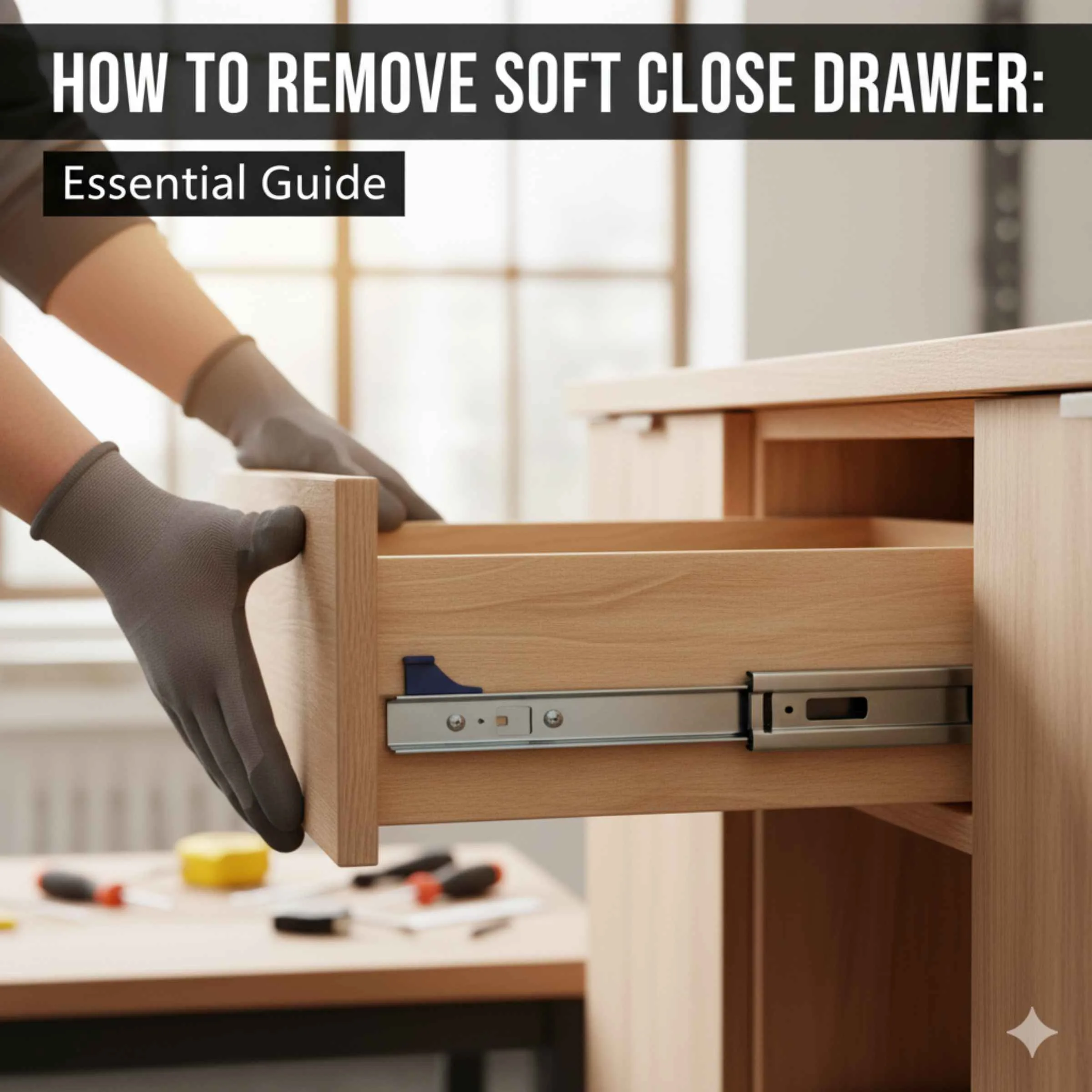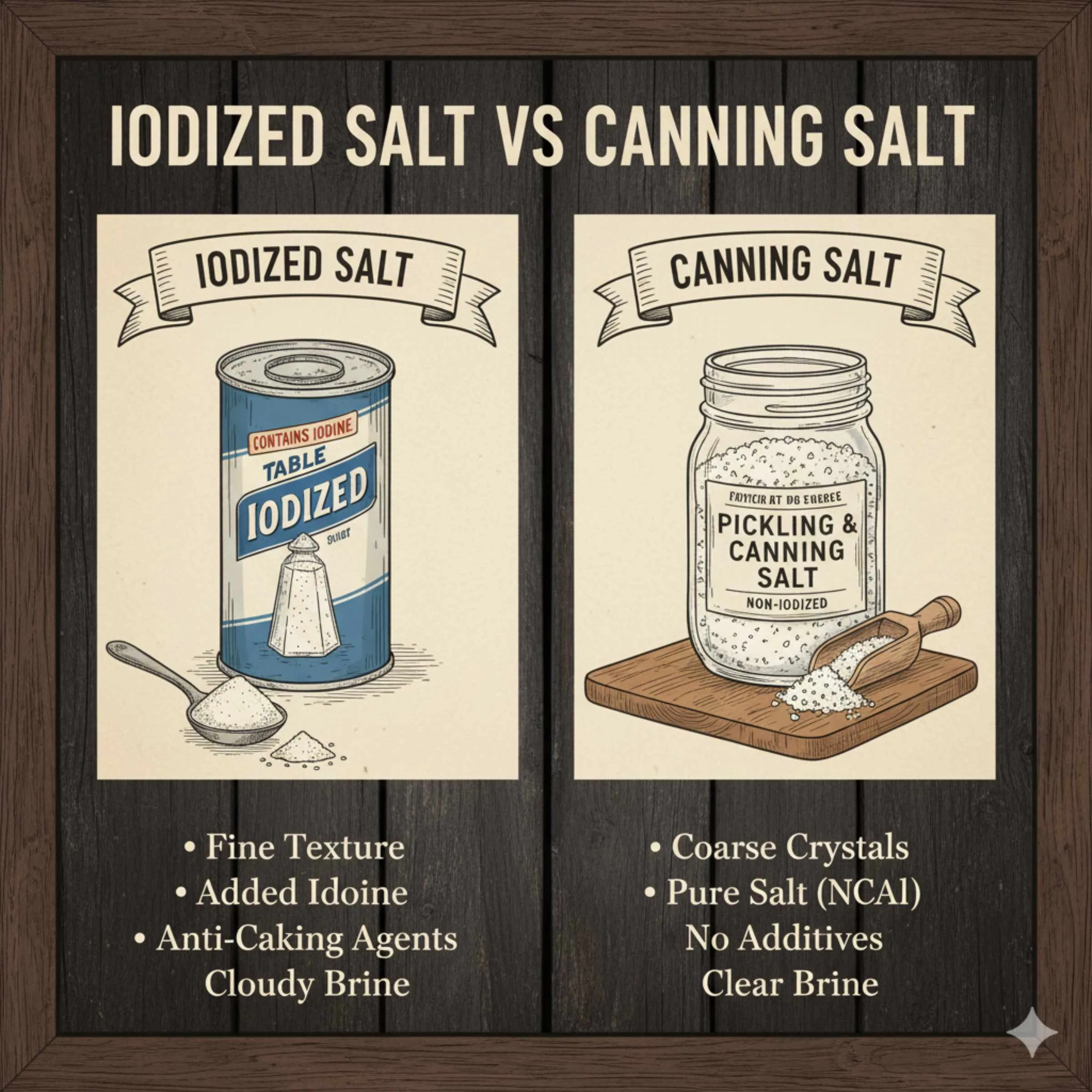Quick Summary:
Removing a soft-close drawer is straightforward. You typically need to find and disengage small release tabs or clips on the drawer slides. Once these are activated, the drawer should slide out easily. This guide breaks down the process step-by-step, making it simple for anyone to tackle.
Dealing with drawers that just won’t come out can be a real headache, especially when it’s a soft-close mechanism. These are designed for that smooth, gentle closing action, which is great for everyday use, but they can make removal a bit tricky if you don’t know what you’re doing. Don’t worry, though! You don’t need to be a seasoned pro to figure this out. We’re going to walk through how to remove a soft-close drawer with simple, easy-to-follow steps. By the end of this, you’ll have the confidence to handle this common task and get that drawer out without a fuss. Let’s get started!
Understanding Your Soft-Close Drawer Slides
Before we dive into removing the drawer, it’s helpful to understand how those soft-close slides work. These slides are a bit more complex than standard drawer runners because they have a built-in dampening system. This system uses a small hydraulic or pneumatic cylinder to control the speed at which the drawer closes, preventing slamming. This added complexity means there might be a specific release mechanism you need to deal with.
Most soft-close drawer slides attach to the cabinet on one side and the drawer box on the other. They usually consist of two main parts: the cabinet member (which attaches to the cabinet frame) and the drawer member (which attaches to the drawer box). The soft-close mechanism is typically integrated into the drawer member or sometimes the cabinet member, depending on the brand and model.
The key to removal is finding how the drawer member disconnects from the cabinet member. This is almost always done via small levers, clips, or tabs that you need to manipulate. Think of it like a small latch that holds the two parts together once the drawer is closed. You’ll need to release that latch to separate them.
Tools You’ll Likely Need
The good news is that removing most soft-close drawers doesn’t require a massive toolkit. You probably have most of these items already!
Here’s a quick list of what you might need:
- Screwdriver: A Phillips head screwdriver is the most common. You might need a flathead for some older or specific models, or a set of precision screwdrivers if the tabs are small.
- Pliers: Small needle-nose pliers can be very handy for gripping and manipulating small release tabs, especially if they’re a bit stiff or hard to reach.
- Putty Knife or Thin Flat Object: Sometimes, gently prying at the release point can help, but be very careful not to damage the slide or the drawer/cabinet. A plastic putty knife is safer than metal.
- Work Surface: A clean, flat surface to place the drawer on once it’s removed.
- Container for Screws: If you need to remove any screws holding the slides to the drawer or cabinet, have a small box or bag ready.
- A Light Source: A headlamp or flashlight can be a lifesaver for seeing into those often dark, hard-to-reach areas where the release mechanism is located.
Remember, the exact tools might vary slightly depending on the brand of your soft-close slides. Always inspect the slides first to see what kind of fasteners or release mechanisms are present.

Step-by-Step Guide to Removing a Soft-Close Drawer
Let’s get this drawer out! We’ll go through the process step-by-step. Take your time, no need to rush.
Step 1: Empty the Drawer
This is the most obvious, but important! Make sure the drawer is completely empty. Even a few items can add weight and make it harder to maneuver, and you don’t want anything falling out and getting damaged or lost during the removal process. Slide the drawer open as far as it will go.
Step 2: Locate the Soft-Close Release Mechanism
This is the crucial part. You need to find the tabs or levers that disconnect the drawer from the cabinet slides. They are usually located on the inner side of the drawer slides, where the part attached to the drawer meets the part attached to the cabinet.
Look closely at the drawer slides as they extend outwards. You’re typically looking for:
- Small Plastic Levers: These are common. They might face up, down, or sideways.
- Metal Clips: Sometimes, these are small metal tabs that you need to push in or lift.
- Buttons: Less common, but some might have a small button to press.
Often, one side will have a lever you push while the other has a corresponding slot or clip you might need to lift or flick. Some systems have identical mechanisms on both sides, while others have a primary and secondary release.
Pro Tip: If you have two identical drawers, examine the slides of the one that’s easier to access (or an extra part if you have one) to get a better understanding of the mechanism.
Step 3: Engage the Release Mechanism
Once you’ve found the release tabs, it’s time to disengage them. This usually involves a specific action:
- Pushing Down: On manyblum slides, you’ll need to push a lever downwards with your finger or a screwdriver.
- Pulling Up: Some clips might need to be pulled upwards to disengage.
- Pushing In: If it’s a tab on the side, you might need to push it towards the center of the slide.
You might need to do this on one side, or on both sides simultaneously. If one side doesn’t seem to work, try the other. Sometimes, you need to hold one lever down while you disengage the other.
Important: Be gentle! These plastic parts can be brittle. If it feels like you’re forcing it, stop and re-examine the mechanism. You don’t want to break the slide, as replacing them can be costly and difficult.
Step 4: Gently Pull the Drawer Out
With the release mechanism(s) engaged, try to gently pull the drawer straight out. It should now slide out much more easily. If it still feels stuck:
- Check the Other Side: Make sure you’ve properly disengaged the mechanism on both slides (if applicable).
- Wiggle Gently: A slight side-to-side or up-and-down wiggle might help it release fully, but again, don’t force it.
- Re-engage and Try Again: Sometimes, pushing the drawer back in slightly, then trying to release the tabs and pull again can work.
If the drawer still won’t budge, it’s possible there’s a different type of release mechanism or a hidden screw. In such cases, it’s wise to consult the manufacturer’s documentation for your specific drawer slides.
Step 5: Fully Remove the Drawer
Once the drawer slides are disconnected, you should be able to pull the entire drawer box out of the cabinet. Carefully place it on your prepared work surface. You’ll now see the cabinet member of the slide still attached to the cabinet. The drawer member will be attached to the side of your drawer box.
If you need to remove the slides from the drawer box itself, you’ll typically find screws holding the drawer member to the side of the drawer. Unscrew these to detach the slide from the drawer.
Identifying Different Types of Soft-Close Drawer Slides
While the core principle of a release tab remains, there are variations in how soft-close slides are designed. Knowing these can help you identify your specific system.
Common Slide Brands and Their Mechanisms
Several popular brands manufacture soft-close drawer slides. While we can’t cover every single model, here are a few common ones and typical release methods:
Blumotion Slides
Blum is a very popular brand, and their soft-close slides (Blumotion) are widely used. The release mechanism on many Blum slides involves a small lever, often blue or grey, that needs to be pushed downwards. You usually push the drawer in slightly, then push the lever. Some models might require you to click it into an “open” position. You can often find helpful diagrams by searching for “Blum soft-close drawer release” or your specific Blum model number.
Accuride Slides
Accuride also makes millions of drawer slides. Their soft-close models often feature a release lever that needs to be pulled upwards. On some Accuride slides, you might see a plastic tab that you need to lift with your finger or a flathead screwdriver. For many models, you’ll push the drawer in, then disengage the lever(s) before pulling the drawer out.
Other Brands
Many cabinet manufacturers use their own branded slides, or slides from lesser-known European or Asian manufacturers. The principle is usually the same: find the disconnect tab or lever. They might be integrated into the slide body more discreetly. Look for any part that seems designed to move independently from the main slide rail.
How to Find Your Slide Manufacturer
If you’re unsure of the brand, look for any logos or part numbers printed on the slide itself. These are often found on the outer part of the slide mechanism that attaches to the cabinet. Even a partial number can help you search online for specific instructions.
A great resource for identifying drawer slides and finding replacement parts is Hardware Resources, which offers a wide selection and often has guides or helpful staff to identify your slide type.
Table: Common Soft-Close Drawer Release Mechanisms
To help you visualize, here’s a table outlining common release methods:
| Slide Brand/Type | Location of Release | Action Required | Visual Cue |
|---|---|---|---|
| Blumotion (Blum) | Inner side of drawer member, often near the back. | Push lever DOWN. | Small blue or grey tab/lever. |
| Accuride | Inner side of drawer member. | Pull lever UP or push tab IN. | Plastic tab or lever, sometimes a notch to pry. |
| Generic/Other | Various, often on inner or outer side of slide. | Push, pull, or lift a specific tab or clip. | May be less obvious, look for moving parts. |
When to Seek Professional Help
While most soft-close drawer removals are manageable DIY tasks, there are times when it’s better to call in a professional. If you’ve tried the steps above and the drawer still won’t budge, or if you’re concerned about damaging your cabinets or the slides, it might be time to:
- Contact a Handyman: For cabinet-related issues, a handyman is often the best bet. They have experience with various types of hardware and can often resolve stubborn issues quickly.
- Call the Cabinet Manufacturer: If the cabinets are part of a new installation or under warranty, the manufacturer might offer support or send a technician.
- Consult a Professional Installer: If you’re dealing with high-end cabinetry, a professional cabinet installer will have the specific knowledge for that system.
Remember, your goal is to fix a problem, not create a new one. Don’t risk causing damage that would cost more to repair than hiring someone to do the job.

Frequently Asked Questions (FAQ)
Q1: Why is my soft-close drawer so hard to remove?
Soft-close drawers have a dampening mechanism that can make the slides feel different. The main reason they are hard to remove is that you haven’t yet engaged the specific release lever or tab that disconnects the drawer from the slide mechanism attached to the cabinet.
Q2: Do all soft-close drawers have release tabs?
Yes, virtually all modern soft-close drawer slides are designed with a release mechanism. This is essential for allowing the drawer to be fully separated from the cabinet slide for removal, repair, or replacement. The exact design of the tab or lever can vary by manufacturer.
Q3: Can I just force the drawer out?
No, you should never force a soft-close drawer out. Doing so can break the release mechanism, damage the drawer slides, or even damage the cabinet itself, leading to more expensive repairs.
Q4: I can’t find the release tab. What should I do?
Carefully inspect the inner side of the drawer slide, especially near the back. Look for any small plastic levers, clips, or tabs that appear to be movable or distinct from the main rail. Sometimes, you need to push the drawer in slightly to expose the lever. If you still can’t find it, try to identify the brand of the slide (look for logos/part numbers) and search online for a model-specific guide.
Q5: My release tab broke off. What now?
If a release tab breaks, you might still be able to remove the drawer by carefully manipulating the remaining part of the mechanism or by gently prying the slide apart with extreme caution. However, the slide will likely need to be replaced. You’ll need to purchase a new slide, ideally from the same manufacturer and with the same specifications.
Q6: How do I reattach the drawer after removing it?
Reattaching is generally the reverse of removal. Align the drawer member of the slide with the cabinet member. Slowly push the drawer in until the slides engage and you hear or feel a slight click as they lock into place. For some models, you may need to push the release levers back to their original position while pushing the drawer in. Once seated, test the soft-close action by gently pushing the drawer shut.
Conclusion
You’ve now got a clear understanding of how to remove a soft-close drawer! It’s all about locating those release tabs or levers and giving them the right nudge. By taking your time, using the right tools, and following these steps, you can easily get those tricky drawers out when you need to. Whether you’re replacing a broken slide, cleaning behind a drawer, or just need to get some work done inside your cabinet, you’re now equipped with the knowledge to handle it confidently. Remember, most of these mechanisms are designed to be user-friendly once you know the trick, so don’t hesitate to give it a try. Great job taking on this common household task!








Leave a Reply